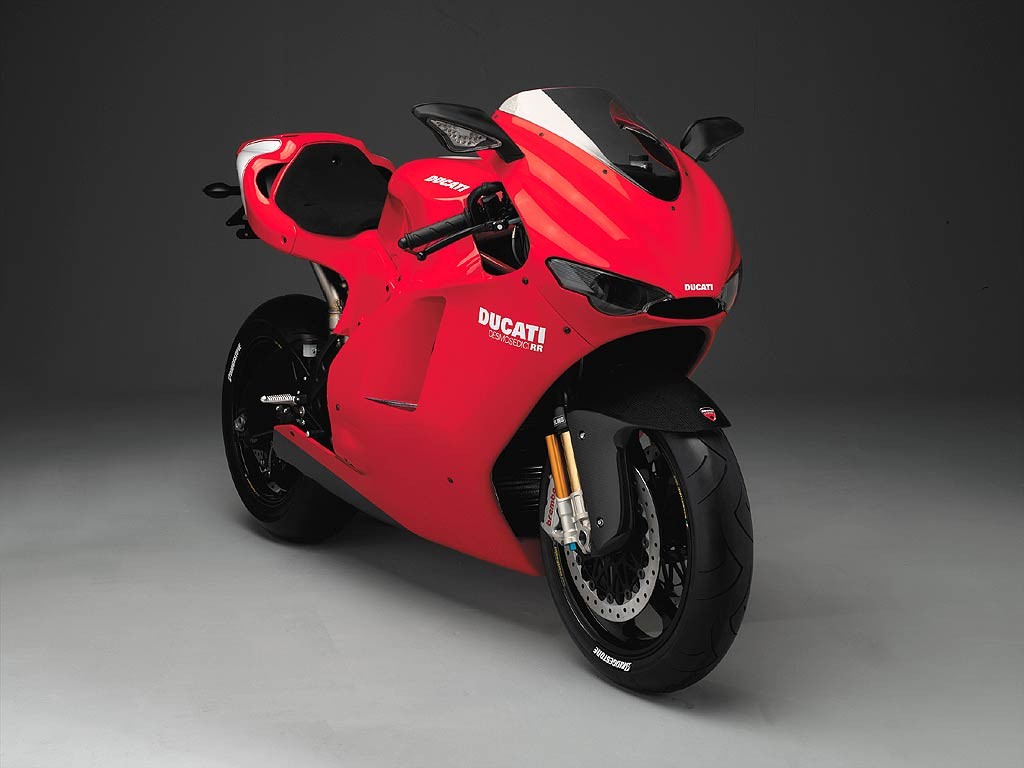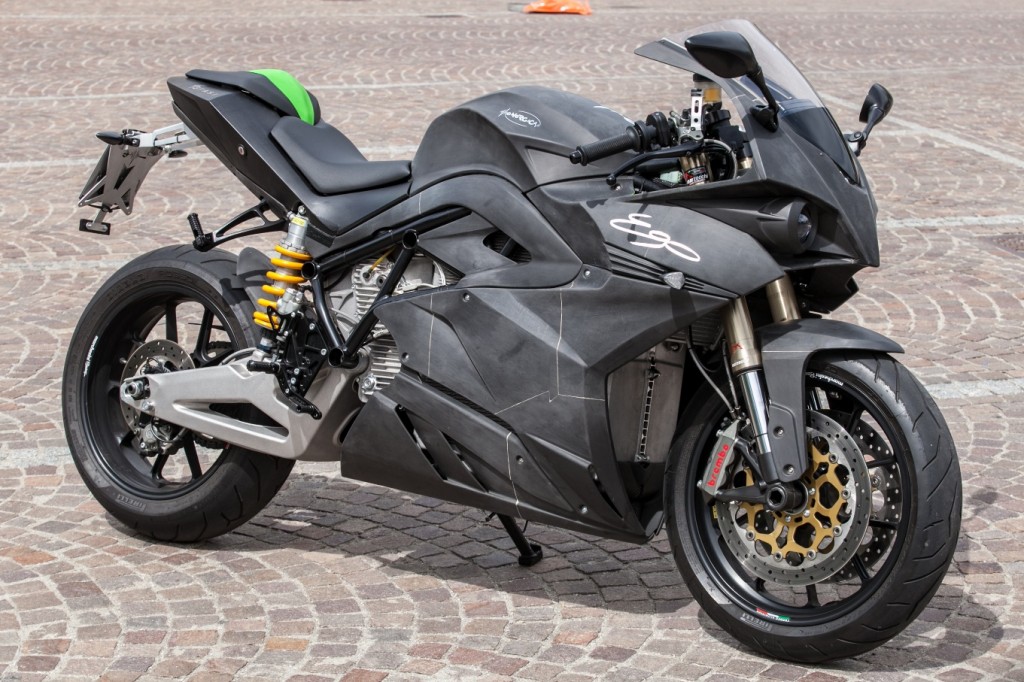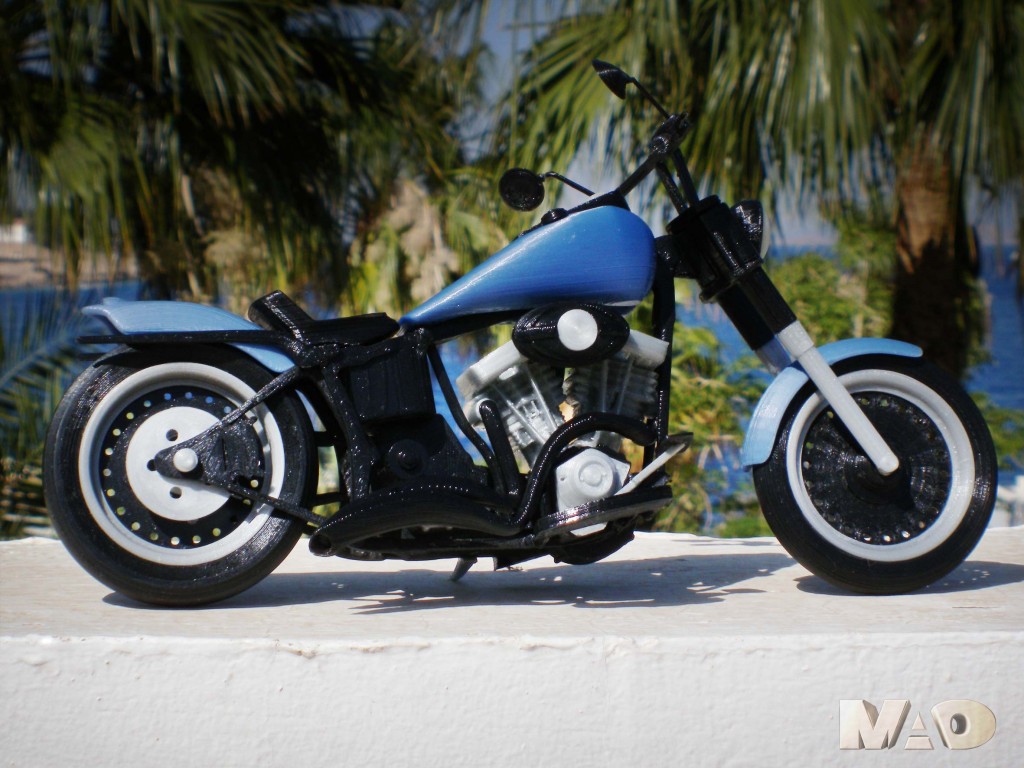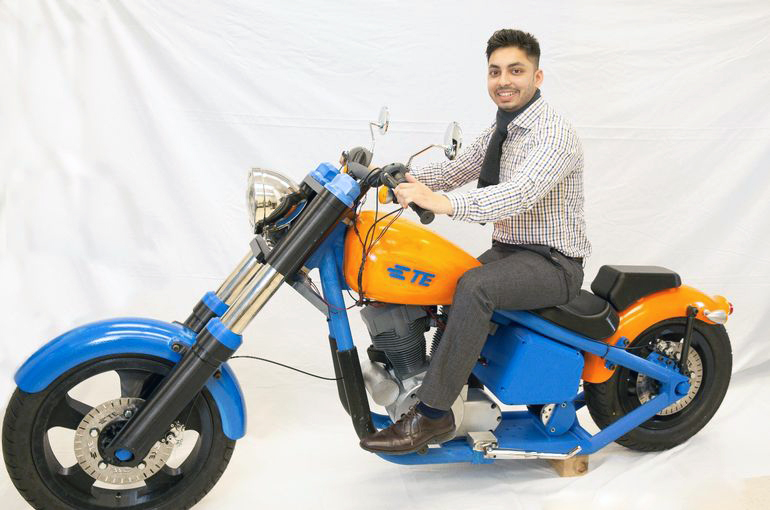Recently, I was asked to hold an online webinar for my friend, Al Vrooman, at Professionally Managed Candidates, a recruiting company for the US motorcycle industry. Al wanted to show the firm’s many clients that 3D printing can bring a significant added value to the development and production workflow for motorcycle and motorcycle parts manufacturers. So, I did some research and found out that, in fact, there are already several virtuous examples of what could be achieved.
After a brief introduction on what exactly we mean by the term “3D printing”, we presented possibly the most well-known case of the use of technology in motorcycle manufacturing: Ducati’s purchase and in-house use of Stratasys Fortus 3D printers to cut the development time of its Desmosedici racing bike engine from 28 months to just 8 months.
Even at the time, about two years ago, Piero Giusti, R&D CAD Manager for Ducati Motor Holding Spa, had explained how the cost of the machines is completely justified: “Prior to purchasing the [Fortus] prototyping systems, our service bureau expenses totaled approximately 1 million euros per year. That was much higher than the cost of purchase, maintenance, and materials for the two FDM machines. Not only can we produce higher quantities of parts at a fraction of the cost, but we are also able to forecast costs for each project much more accurately.”
The next highly relevant case scenario I presented is that of CRP Group’s Energica Ego electric super bike. In this case, which probably did not receive the visibility it deserves, the Italian company prototyped the entire motorcycle by making intensive use of 3D printing technologies and developed the first real electric super bike – basically the Tesla of motorcycles – in just two years.
CRP is a small company which has made a name for itself internationally as a rapid prototyping service and producer of advanced materials for selective laser sintering. Its Windform family of products includes nylon charged with fiber glass or carbon fiber particles. The whole 1:1 scale “prototype zero” of the Ego was built for testing the assembly, overall dimensions, space optimization, raceways, and verification of different parts, both static and partly dynamic, and electronic equipment.
The last cases we looked at were not as directly related to the motorcycle industry, but we wanted to offer some glimpses of new business models that motorcycle manufacturers could adopt in the future. One is TE Connectivity’s use of basic desktop FDM technology to 3D print a working motorcycle that can support a total of 181 kg and touch 24 Km/h.
Another is the concept of custom 3D printed model motorcycles, which could represent a possible side business for custom motorcycle resellers and finally – although it concerns bicycles more than motorcycles at this point, the use of topological optimization and 3D printing by Renishaw and Empire Cycles to create the perfect titanium frame. In the not so distant future, similar technologies and processes will likely bring benefits to motorcycle frame manufacturers as well.
3D printed cars tend to make all the headlines, but 3D printed motorcycles are definitely catching up. To find out more you can see the entire webinar right here:






